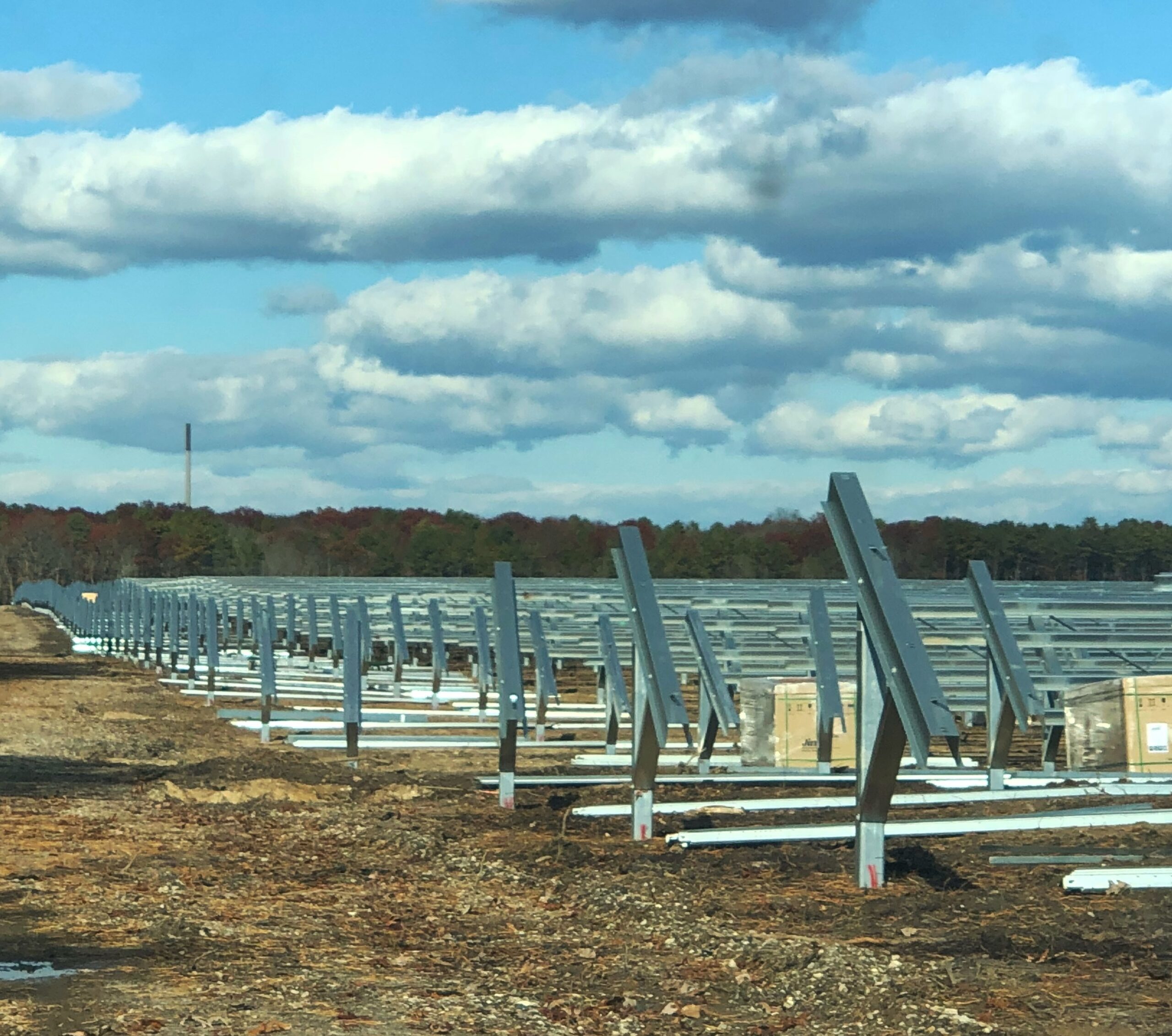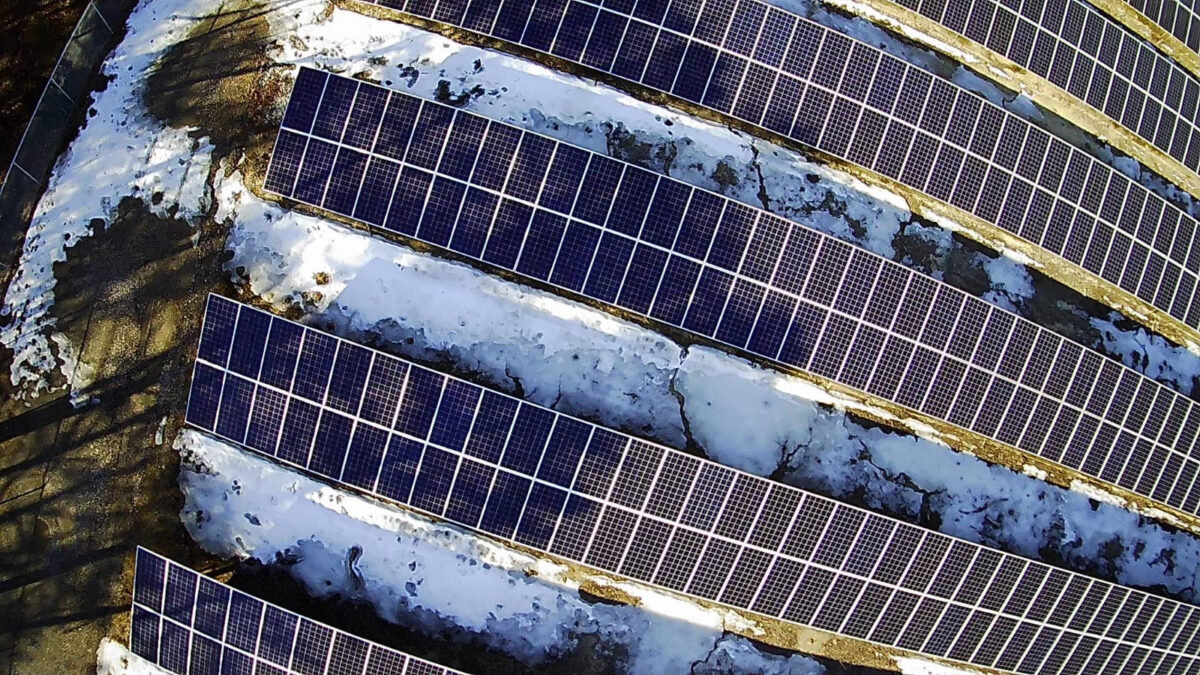As a serial entrepreneur and advocate for environmental stewardship, I’ve navigated the complexities of various industries, but few have been as challenging – or as rewarding – as the journey to establish a solar farm on Long Island; New York.
The Middle Island Solar Farm (MISF) stands today as a beacon of innovation and sustainability. Since its full operation in 2018, MISF has been generating 19.6 MW of electricity, equivalent to powering approximately 4,000 homes annually on Long Island.

Moreover, its clean energy output translates to removing the emissions of 6,000-8,000 cars from our roadways, a significant stride towards environmental sustainability. Witnessing the realization of my vision to utilize private investment for public welfare brings me immense satisfaction. However, the road to its success was fraught with obstacles that threatened to derail the project at every turn.
One of the most pervasive challenges we encountered was the Not In My Backyard (NIMBY) mindset prevalent in many communities. Despite the undeniable benefits of solar energy – including reduced carbon emissions and energy independence – local opposition often arises, fueled by fear and misinformation. Overcoming this resistance requires patience, perseverance, and a commitment to community engagement.
In addition to public perception, outdated zoning laws and bureaucratic red tape presented significant hurdles to the development of MISF. The arbitrary classification of solar farms as electric generating plants, coupled with convoluted regulatory processes, created unnecessary delays and added complexity to the approval process. Reforming these outdated laws and streamlining regulatory procedures are essential steps towards facilitating the growth of the renewable energy sector.
Furthermore, the influence of vested interests cannot be ignored. Established industries, threatened by the rise of sustainable energy, have wielded considerable power and resources to maintain the status quo. Lobbying efforts aimed at undermining clean energy initiatives perpetuate dependence on fossil fuels, hindering progress towards a greener future.
Despite these challenges, the case for clean energy investment remains stronger than ever. The economic and environmental benefits of renewable energy are undeniable, with solar power emerging as a viable alternative to traditional energy sources. However, realizing this potential requires a concerted effort to dismantle systemic barriers and create a more conducive environment for investment.
Education and community engagement are crucial components of this effort. By dispelling myths and highlighting the tangible benefits of clean energy projects, we can garner public support and overcome opposition. Moreover, fostering partnerships between government agencies, businesses, and local communities can help streamline the approval process and expedite the development of renewable energy infrastructure.
Additionally, policymakers must prioritize sustainability and incentivize investment in clean energy initiatives. By implementing policies that promote renewable energy adoption and phase out subsidies for fossil fuels, we can level the playing field and create a more equitable energy landscape.
As we confront the urgent challenges of climate change and environmental degradation, the need for decisive action has never been greater. By breaking down barriers to clean energy investment, we can pave the way for a brighter, more sustainable future for generations to come. It’s time to harness the power of innovation and collective action to build a world powered by clean, renewable energy. The time for change is now.

Jerry Rosengarten is a serial entrepreneur and advocate for environmental stewardship. He is the author of Jump on the Train: A Dyslexic Entrepreneur’s 50-Year Ride From The Leisure Suit to the Bowery Hotel and a New York Solar Farm.
The views and opinions expressed in this article are the author’s own, and do not necessarily reflect those held by pv magazine.
This content is protected by copyright and may not be reused. If you want to cooperate with us and would like to reuse some of our content, please contact: editors@pv-magazine.com.








By submitting this form you agree to pv magazine using your data for the purposes of publishing your comment.
Your personal data will only be disclosed or otherwise transmitted to third parties for the purposes of spam filtering or if this is necessary for technical maintenance of the website. Any other transfer to third parties will not take place unless this is justified on the basis of applicable data protection regulations or if pv magazine is legally obliged to do so.
You may revoke this consent at any time with effect for the future, in which case your personal data will be deleted immediately. Otherwise, your data will be deleted if pv magazine has processed your request or the purpose of data storage is fulfilled.
Further information on data privacy can be found in our Data Protection Policy.